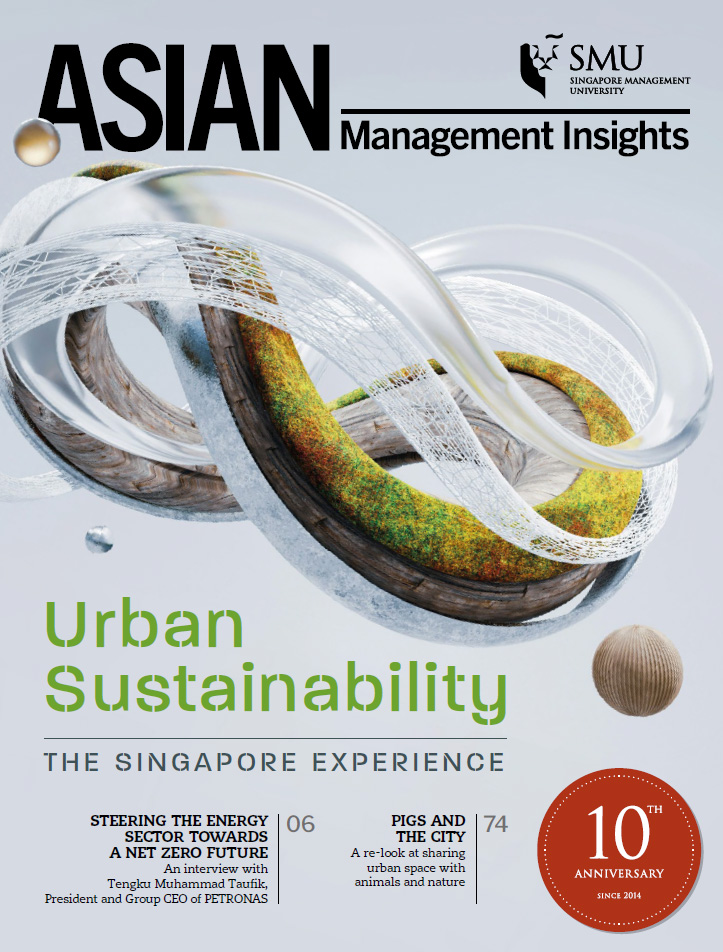
Latest | Volume 11 Issue 3
Urban Sustainability: The Singapore Experience
Published on
More than half of humanity currently lives in urban areas, and the United Nations predicts that figure will reach 70 percent by 2050. Cities worldwide already generate a significant amount of solid waste annually, adding to vexing issues that the global community is trying to address–demand for transportation, air pollution, access to public open spaces, urban sprawl, and general sustainability challenges.
Featured Articles
-
More than half of humanity currently lives in urban areas, and the United Nations predicts that figure will reach 70 percent by 2050.
-
JUMBO Group shows how digital transformation and its seafood business can go together.
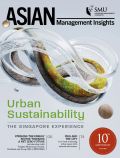
By Havovi Joshi
More than half of humanity currently lives in urban areas, and the United Nations predicts that figure will reach 70 percent by 2050. Cities worldwide already generate a significant amount of solid waste annually, adding to vexing issues that the global community is trying to address–demand for transportation, air pollution, access to public open spaces, urban sprawl, and general sustainability challenges.
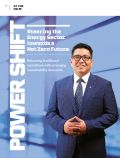
Balancing traditional operations with emerging sustainability demands.
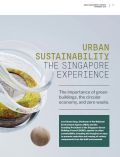
The importance of green buildings, the circular economy, and zero waste.
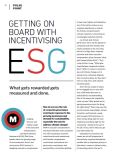
What gets rewarded gets measured and done.

JUMBO Group shows how digital transformation and its seafood business can go together.

Southeast Asia is betting on new urban transit systems to solve its urban gridlock problems.
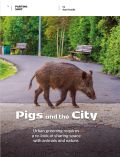
Urban greening requires a re-look at sharing space with animals and nature.

Electric vehicles are not the only sustainable automotive option.

Re-imagining transport systems to cut carbon emissions and drive climate change.
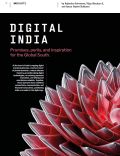
Promises, perils, and inspiration for the Global South.